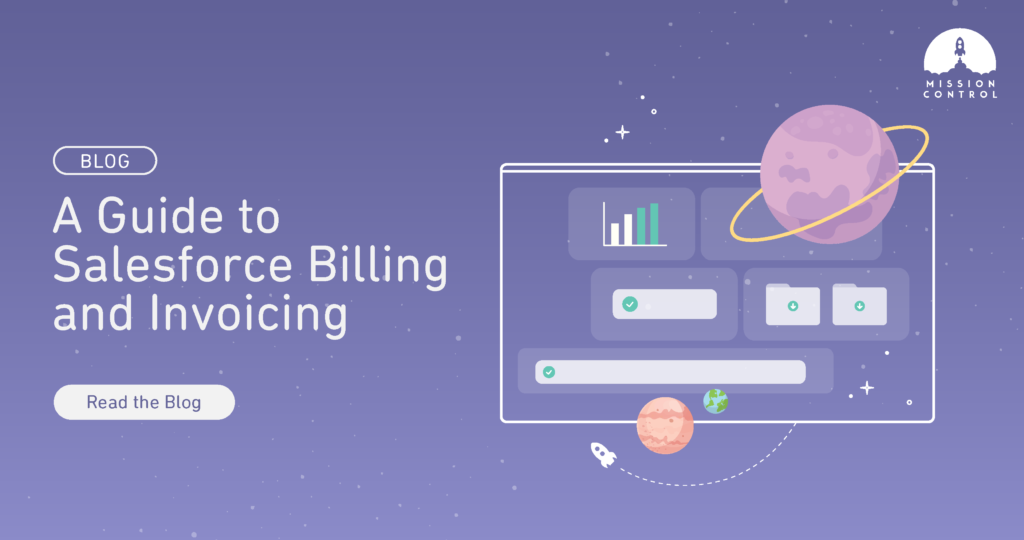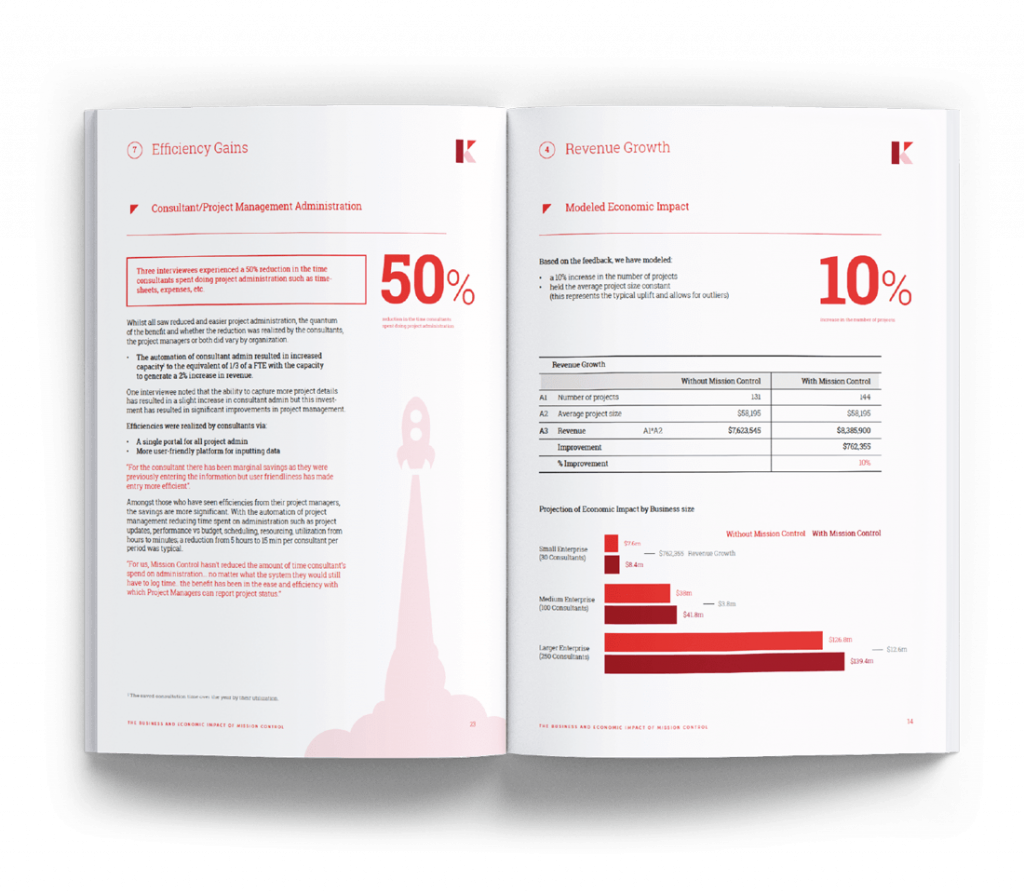No matter what type of projects you’re managing, invoicing is likely part of your project management process. Keeping track of billing and invoicing can often be a daunting task, especially when it comes to managing multiple projects. However, the quicker you get your invoices out, the faster your organization will receive payment. This calls for a reliable billing system.
For Salesforce users, the platform offers Salesforce Billing, a feature that makes creating invoices simple. This allows companies to immediately improve their cash flow and automate an entire process that may be holding them back.
Let’s look at what Salesforce Billing offers and how it can help improve your business operations!
What Is Salesforce Billing?
Salesforce Billing is an automated invoicing, payments, and revenue platform that helps businesses transform their revenue processes. It enables enterprises to deliver a reliable service delivery and customer payment experience. The platform allows for efficient communication and collaboration between finance, sales, and other departments.
Salesforce Billing allows organizations to view billable transactions clearly, including payment status. You can offer payment models suited to the customer, such as subscription payments, and automate your invoice creation process.
Further, businesses can effortlessly track orders, monitor project progress, and inform customers with timely email or SMS notifications.
Key Features of Salesforce Billing
Now that you understand what Salesforce Billing is, let’s look more closely at the actual features.
Orders and invoices
This feature enables businesses to automate the creation of orders instead of spending countless hours doing it manually in their ERP system. The feature also automates the process of sending these orders to customers.
The orders and invoices feature makes it easier for businesses of every size to track their orders and invoice their customers for the goods and services rendered.
Collecting payment
Collecting payment is a feature in Salesforce that makes it easy to reconcile revenue collected from customers and to know how many outstanding payments a customer has. It allows Admins to set up reminders to ensure payment is remitted promptly—without a finance team member having to chase customers manually.
Speaking of chasing customers, the feature integrates with multiple payment providers to collect bank transfers, credit/debit card payments, and more. Now you don’t have to do the chasing!
Revenue recognition
Revenue recognition involves determining when to record sales and amounts of revenue related to those sales. This process involves analyzing when cash is received, the rights and obligations of both parties, the number of goods or services delivered, and the costs associated with providing these goods or services.
Doing this can be a complicated and time-consuming process. However, the Salesforce revenue recognition feature allows you to automate this process once you do the initial setup.
Credit notes, debit notes, and refunds
This feature is useful when you must return purchased goods or services or refund customers for various reasons.
You can issue a credit note when you cancel an underlying transaction and replace it with a new one immediately. You can also use a debit note to replace an initial transaction. However, the customer will receive a ‘credit,’ which they will use against their purchase in the future.
On the other hand, a refund involves canceling the original transaction in full and reimbursing the funds paid.
Reports and dashboards
Salesforce Billing reports and dashboards allow you to view your customer, sales, and transactional data in a single platform. This accessibility enables you to quickly create detailed and comprehensive reports in Salesforce for analysis and monitoring.
With this feature, you can create reports for bookings versus billings—the revenue you expect to receive versus income actually received. You can also analyze data specific to billing activities, such as how many customers are overdue on their payments or how many payments are due to be received in a given period.
How Do You Use Salesforce Billing?
You can use Salesforce Billing to manage your finance and accounting process in several ways.
- Set billing rules: Salesforce Billing lets you run various rules to decide when and how to create transactional records. Some of the rules you can set include:
- When to create an invoice
- Whether to generate a revenue schedule and revenue transaction
- How the invoice’s date values and line pricing affect billing periods, dates, and billing cycles
- Whether to calculate tax and how to calculate tax based on tax integration and tax data
- Create an order and a contract: Once you quote in Salesforce CPQ, you can create an order and a contract. The contract helps users to create amendments and renew their subscriptions.
- Create and manage reports: Generate reports on your revenue for a product or service spread over a set period. You can also generate reports using bundled products and services.
- Convert Salesforce CPQ’s data into transactional data: Use Salesforce billing to complement your ERP. The ERP system will inherit the matching data, which you can use to create a general ledger and financial reports.
Key Benefits of Salesforce Billing Doing for Your Business?
Setting up Salesforce Billing brings many benefits to your business, including:
- Minimizing errors: You can significantly reduce human error by automating the process of compiling costs and quotes and generating the corresponding invoices.
- Speeding up your payment collection and improving cash flow: Automating your billing process leads to quicker invoicing and streamlined payment collection. This, in return, leads to an improved cash flow.
- Managing subscription billing: Salesforce Billing automates recurring payments such as subscriptions, discounts, free trials, renewals, and refunds. The automation saves your billing department a significant amount of time.
- Reducing administration: Automating and standardizing your invoicing process can reduce your administration and allow you to use resources more efficiently in other business areas.
- Creating transparency: Salesforce Billing makes finding the necessary information and handling billing queries from clients or customers simple.
- Simplifying records: You can create reports by using one single integrated solution. Salesforce’s automated reports and custom dashboards allow you to quickly identify the most critical information, most profitable customers, and buying patterns. Such insights can improve your business profitability remarkably.
Salesforce Billing Alternative: Mission Control
Salesforce Billing can be a reliable tool for businesses looking to optimize their billing process. By automating your billing process, you can streamline it, reduce errors, and improve your customer experience.
However, if you’re looking for a dedicated project management tool to help manage your project billing and financials and other project processes in one platform, you might need an alternative to Salesforce Billing, such as Mission Control.
Our project management tool integrates seamlessly with Salesforce, providing a robust automated billing experience for projects with fixed price, milestone or time & materials payment schedules. With dedicated billing features such as revenue recognition, you get insight into revenue realized throughout the project duration. You can automate your accounting process saving teams from relying on time-consuming spreadsheets, repetitive data entry, and month-end activities.
Our platform also features a project financials dashboard that offers insights into the financial health of a project. The dashboard allows you to strategically plan, track, and manage financial resources that help determine whether a project is profitable (or not). Use your financial dashboard to automatically generate an invoice monthly, fortnightly, or weekly, depending on your project needs.
Timesheets is another feature that helps to automate your billing process. This feature allows project managers to pull all billable hours and bill clients precisely for what the project team did on a project.
With Mission Control’s robust financial reporting capabilities, you can generate accurate reports on spending and related costs. Further, analyze these reports to gain insights on budgeting for future projects. These reports also help to track your actual budget against the set budget and course correct (if necessary) to buffer your project from budget overruns.
Ready to automate your project billing process? Request a demo to see how Mission Control can help you.





